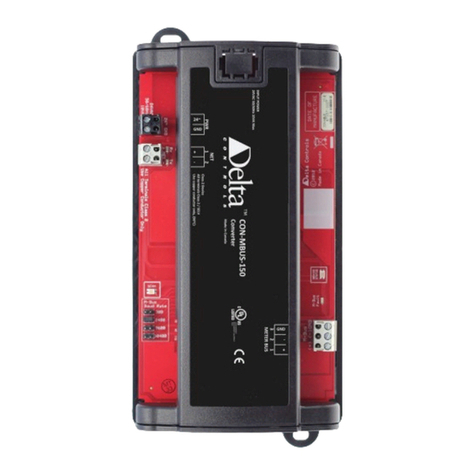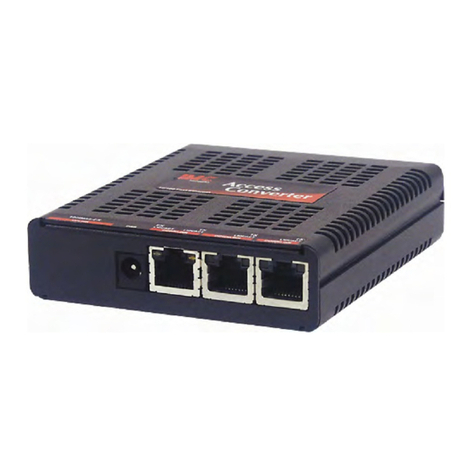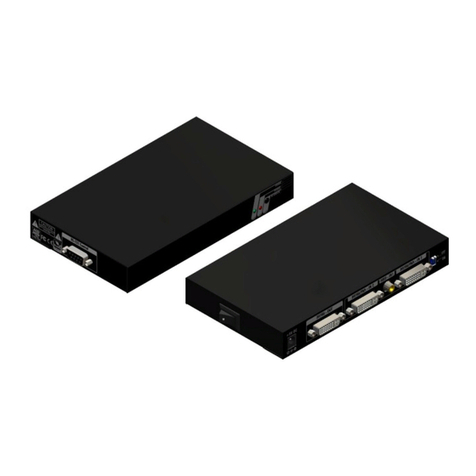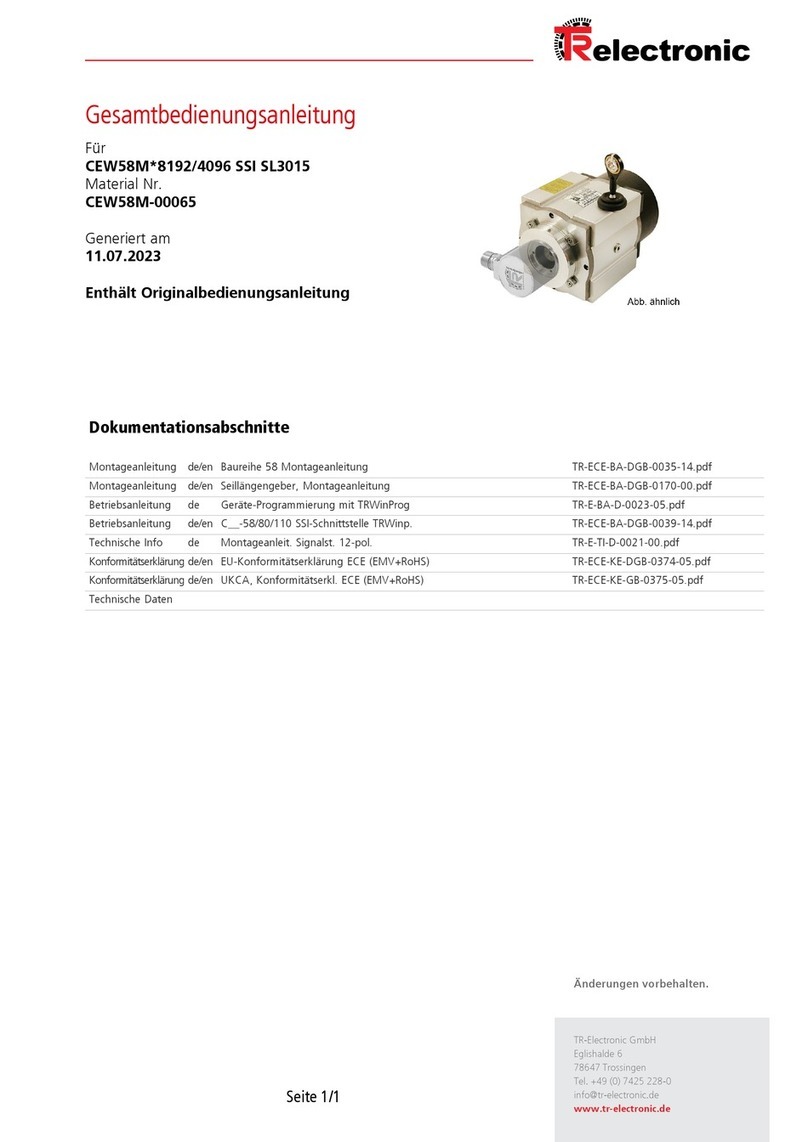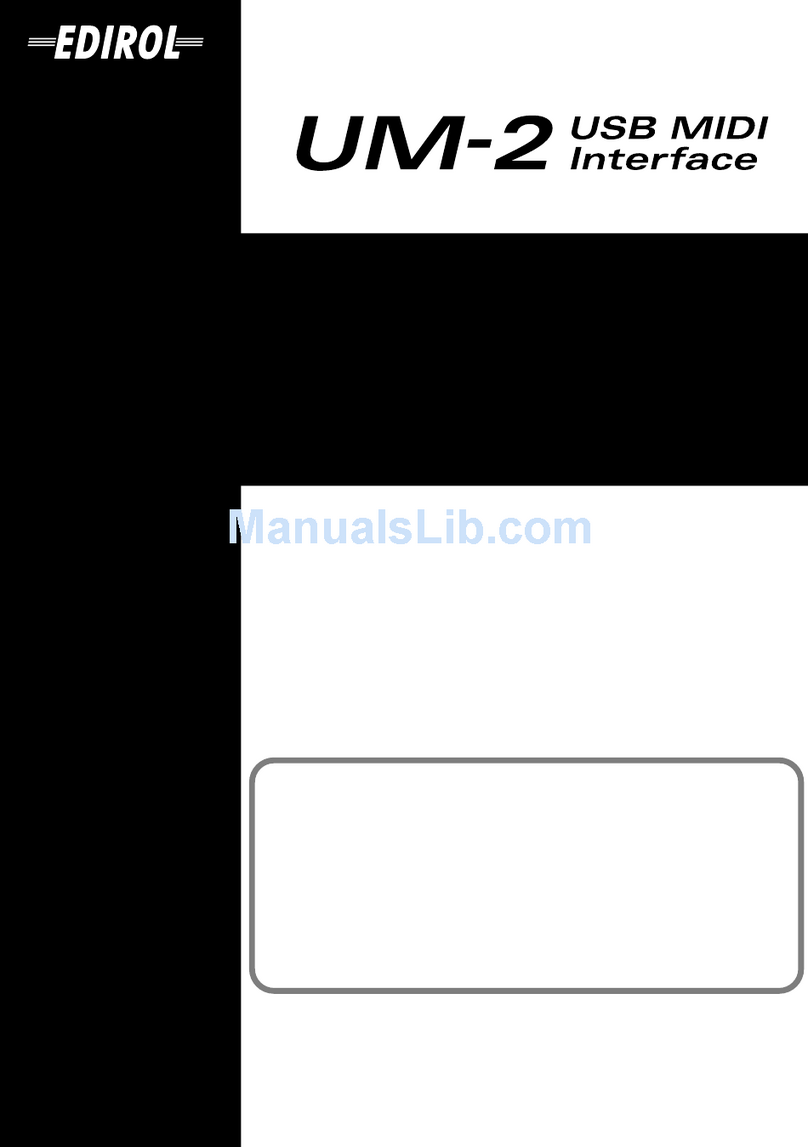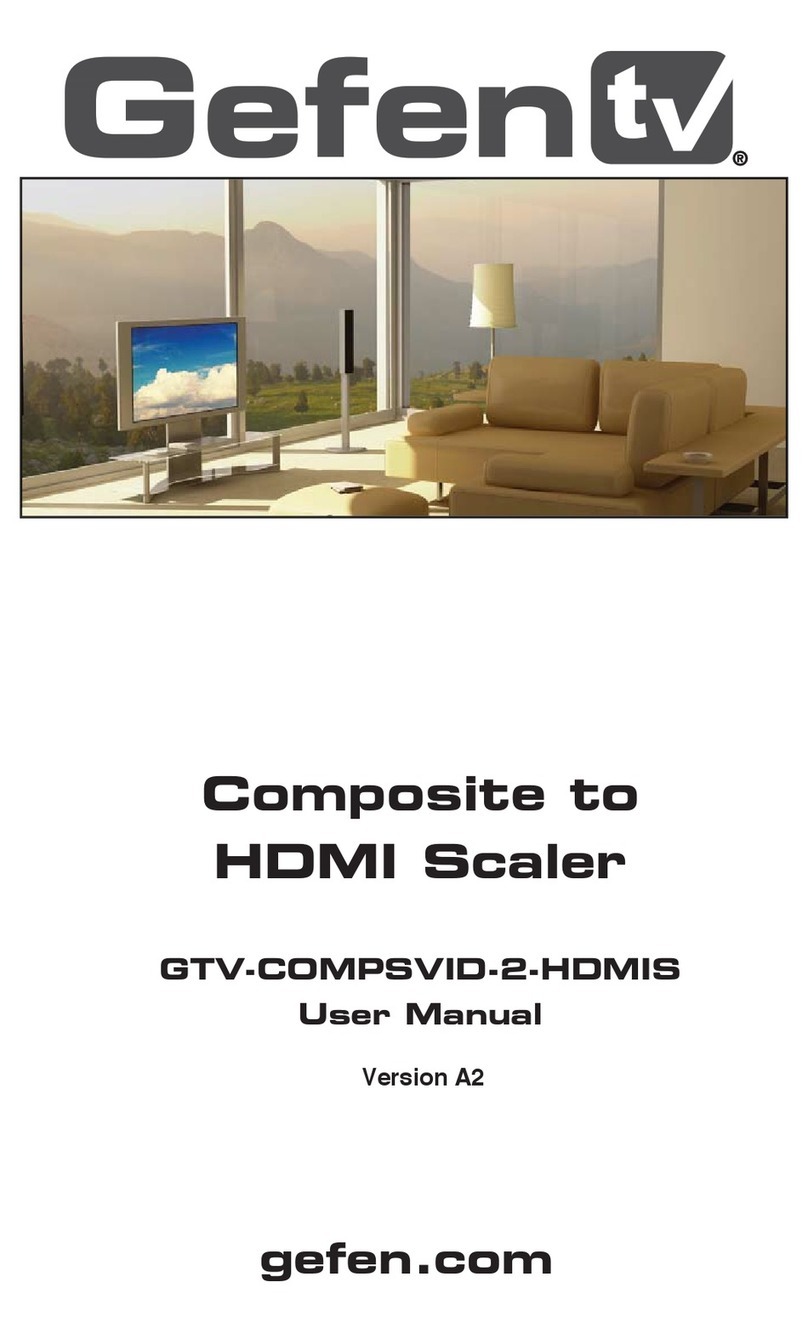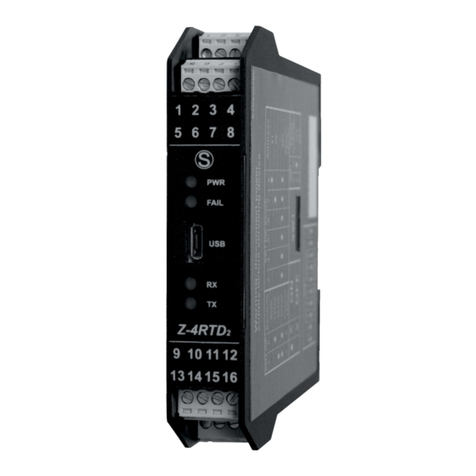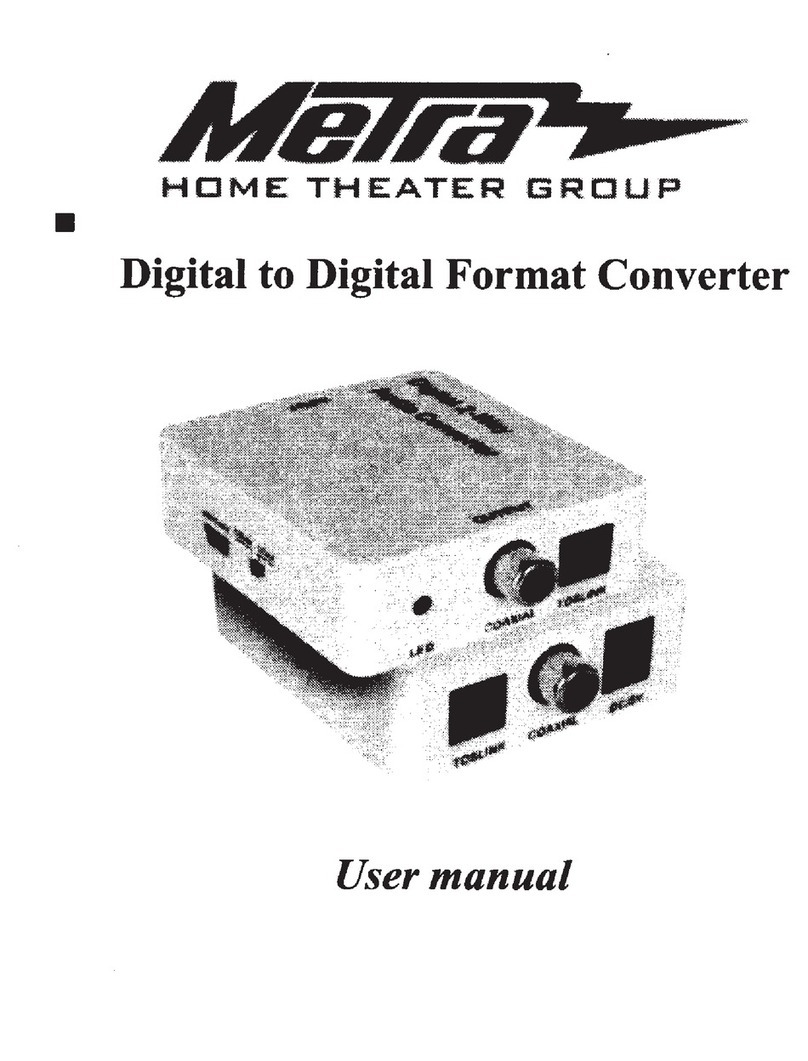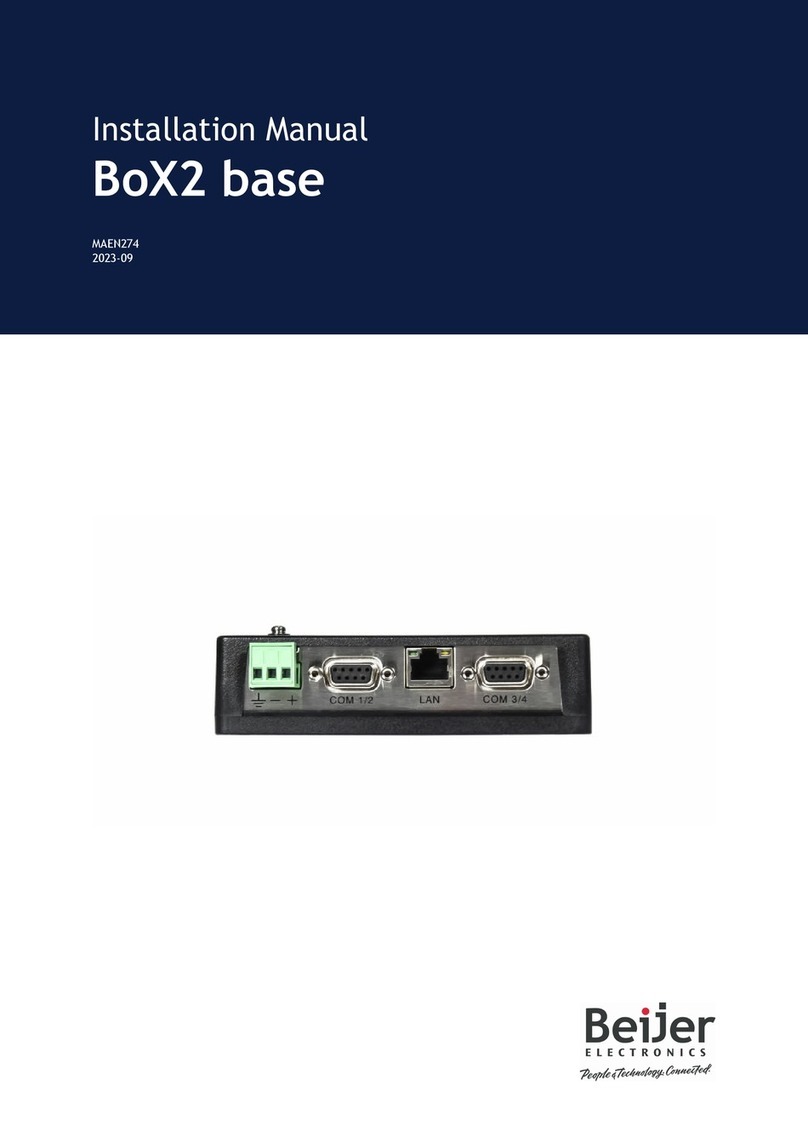Delta Controls CON-768 User guide

Document Edition 1.4 Page 1 of 7
INSTALLATION & APPLICATION GUIDE
RS-232/485 Converter
CON-768 (Rev 3.3)
Document Edition 1.4
Product Description
The Delta Controls RS-232/485 Converter converts RS-
232 signals to/from RS-485 signals. It connects to Delta
Controllers through a service tool port using a RJ11 quick
connect cable. The Service Tool Port is built onto many
of Delta’s ORCA controllers, including the BACstat II
(DNS-24/DNT-Txxx) and most of the Application
Controllers.
The Delta Controls RS-232/485 Converter allows Service
Personnel or Building Operators to connect directly to
any BACnet MS/TP network through their PC or
Laptop’s RS-232 Serial Port. Once connected they have
access to the entire network of controllers. The converter
can also be used when flash loading Delta’s BACnet
MSTP controllers to a new version of firmware.
Contents
MODEL NUMBERS & ACCESSORIES............................................................................ 2
PACKAGE CONTENTS ...................................................................................................... 2
OTHER RELEVANT DOCUMENTS................................................................................. 2
IMPORTANT INFORMATION.......................................................................................... 2
PRODUCT SPECIFICATIONS .......................................................................................... 3
BOARD LAYOUT................................................................................................................. 3
INDICATORS ....................................................................................................................... 4
MOUNTING .......................................................................................................................... 4
POWER.................................................................................................................................. 4
COMMUNICATIONS SETUP ............................................................................................ 4
COMPLIANCE DECLARATIONS .................................................................................... 6

RS-232/485 Converter CON-768 (Rev 3.3) Installation & Application Guide
Page 2 of 7 Document Edition 1.4
Model Numbers
Features CON-768
RS-232/485 Converter 9
Accessories
• Spare RJ11 Cable part# CON-CBL
Package Contents
• RS-232/485 Converter Board, CON-768 (Rev 3.3)
• RJ11 cable
• RS-232/485 Converter CON-768 (Rev 3.3) Installation & Application Guide
Other Relevant Documents
• RS-485 Network Installation Guide (DOC818-11)
• CON-768 Release Notes
• Release Notes for V3.22 and/or V3.30 Firmware/Software
Important Information
The RS-232/485 Converter can be used with any BACnet MS/TP network.
NOTE:While the CON-768 can be used on any BACnet MS/TP network it is designed to connect
through a Delta proprietary RJ11 service port connection. This means that in order to connect a
CON-768 to a BACnet MS/TP network requires at least one Delta controller with a service port, or
an RTS-20J sensor. (The RTS-20J is a wall thermistor that has had a service port added to it’s
enclosure with termination points to attach it to the MS/TP daisy chain and 24Vac to power the
converter.)

Delta Controls
Document Edition 1.4 Page 3 of 7
Product Specifications
Power Requirements
• 24VAC (supplied by the RJ11 Service Tool Port)
• Class II
Ambient Ratings
• 32º to 131º F (0º to 55º C)
• 10 to 90% RH (non-condensing)
Communication Ports
RS-232 Port
• Communications Speed @ 1,200 or 2,400 or 4,800 or 9,600 or 19,200 or 38,400 or 76,800 or 115,200
baud
RS-485 Port
• Communications Speed @ 1,200 or 2,400 or 4,800 or 9,600 or 19,200 or 38,400 or 76,800 baud
Technology
• 8-bit Processor
• Internal A/D, Flash, and RAM
Size (c/w Enclosure)
• 3.5” x 1.7” x 1.0” (8.88 cm x 4.31 cm x 2.57 cm)
Weight (c/w Enclosure)
• 0.15 lb. (65 g.)
Board Layout (CON-768)
DB9
Serial Port
Connector
Status LED
Transmit LED
Receive LED
RJ-11
RS-485 Connection

RS-232/485 Converter CON-768 (Rev 3.3) Installation & Application Guide
Page 4 of 7 Document Edition 1.4
Indicators
LED Function Description
POWER/
STATUS
Indicates that the RS-485/232
Network Converter (CON-768) has
power applied.
This green LED is on steady for normal operation
and blinks during auto configuration.
Tx
(RS-485)
Indicates that the RS-485 port is
broadcasting on the RS-485 network.
This green LED will blink quickly in a regular
repeating pattern.
Rx
(RS-485)
Indicates that the RS-485 port has
received information from a
controller on the RS-485 network.
This red LED will blink quickly in the same
regular repeating pattern as the Tx LED provided
all controllers are communicating. The blinking of
the Rx LED will lag slightly behind the blinking of
the Tx LED.
Mounting
The RS-232 (9-pin connector) port on the CON-768 plugs directly into the PC 9-pin serial port. The RS-485
(RJ11) port plugs directly into the RJ11 connector of the Service Tool Port on the ORCA controller.
Power
The CON-768 is powered by24Vac supplied through the service tool port of the Delta controller it is connected
to.
Communications Setup
ORCAview Login through the Service Port
NOTE:In order to use the new converter with ORCAview on a 3.22 site you require 3.22a OWS
Build 556 (or newer) and on a 3.30 site you require 3.30 OWS Build 1063 (or newer). In these
builds of OWS the V2 Micronet protocol is no longer supported so you cannot use the CON-768 to
login to a V2 Micronet Network of controllers.
Run ORCAview and when the login dialog is displayed on the screen enter your Username and Password, then
click on the Advanced tab. Ensure the connection method is properly configured by verifying these settings:
• CONNECT USING: Serial (BACnet MS/TP)
• COM PORT: COM1 (or whichever port the converter is connected to)
• BAUD RATE: Set the Baud Rate to match the network speed the device with the Service Port jack is
communicating at on its network. LINKnet networks should be set to 76800 bps, and MS/TP
networks default to 76800 bps (but could be set to something else as required).
• ADDRESS: The address field on the MS/TP login dialog is the MS/TP Mac address that the CON-
768/OWS will use to identify itself on the network. This number defaults to 127 and typically will not
need to be changed. It must be a value between 1-127 and unique on the MS/TP network segment the
converter is connected to. Since Delta typically only uses Mac address ranges 1-99 for panel
addresses using the 100-127 range for the OWS/converter will help reduce the possibility of creating
duplicate network addresses for a site.

Delta Controls
Document Edition 1.4 Page 5 of 7
Once you have verified the connection settings, click on OK to login and begin communicating freely as
configured and as defined by your System User Access (SUA) object settings. Devices should begin to show
up in the Navigator network tree and you should have system-wide access to all BACnet devices and their
objects across the network.
NOTE:If you have some of the earlier version 3.22 controllers they may not accept 127 as a valid
MAC address. This is because on earlier versions the address ranges were limited as follows:
• For controllers configured to reside on a MS/TP network segment the valid address range
was set from 1-99.
• For controllers configured to reside on a Linknet network segment the valid address range
was set from 1-13.
For more detailed information on the logging into panels through the service tool port refer to Appendix H of
the ORCAview Technical Reference manual.
Flashing a Panel Using the CON-768
Flash upgrading a panel’s firmware using a CON-768 requires a PC with 3.30 Version of Delta Flashloader
(Build 1063 or higher).
NOTE:Only the Toshiba based DSC/DAC products can be flash upgraded using the CON-768
over RS-485. The DCU must still be flashed using a serial cable over RS-232.
Preparing to Run Flash Loader
1. Ensure that the panel database is backed up.
2. Place the controller into loader mode by powering off the controller then turning all of its address dip
switches to the on position and powering it back up.
3. Use a CON-768 and RJ11 cable to connect the PC COM port to the service port on the controller.
(The controller should not be connected to any other controllers over the NET 1 MS/TP port while
being flashed in loader mode.)
Running the Flash Loader
• Click on the Windows Start button and select Program\Delta Controls\ORCAview Flash Loader or
click on the ORCAview Flash Loader icon on the desktop.
Selecting an Upgrade File
• In the Filename dropdown list, select the required file. The Upgrade File Details field shows the
details of the selected upgrade file. For a DAC look for a filename similar to: DAC V3 322
Bxxxxx.fls.
Changing the Connection Settings
1. Click the Settings button.
2. On the Setting dialog, set the Protocol to Micronet RS-485 (DAC25x)
3. From the Port drop-down list, select the PC COM Port that the converter is connected to.
4. Click OK. The settings are saved and the dialog closes.

RS-232/485 Converter CON-768 (Rev 3.3) Installation & Application Guide
Page 6 of 7 Document Edition 1.4
Transmitting the Upgrade File
1. Click the Query button to confirm communications with the controller and determine the current
firmware in the device.
2. Click the Program button. (Depending the version you are upgrading to/from a flash lock with
sufficient upgrade counts may be required before Flashloader will allow you to upgrade the panel.)
3. The Flash Loader transmits the new firmware. The Status and Progress fields indicate the current
upgrade operation. Once the upgrade is complete the Status field will show Upgrade Completed.
For more detailed information on the Delta Flash Loader refer to the Flash Loader Users Guide.
Compliance Declarations
FCC Compliance Information
This equipment has been tested and found to comply with the limits for a Class A digital device, pursuant to
part 15 of the FCC Rules. These limits are designed to provide reasonable protection against harmful
interference when the equipment is operated in a commercial environment. This equipment generates, uses,
and can radiate radio frequency energy and, if not installed and used in accordance with the instruction manual,
may cause harmful interference to radio communications. Operation of this equipment in a residential area is
likely to cause harmful interference in which case the user will be required to correct the interference at his
own expense.
Industry Canada Compliance Statement
ICES-003 This Class A digital apparatus meets all requirements of the Canadian Interference-Causing
Equipment Regulations
Cet appareil numérique de la Classe A Respecte toutes les exigences du Règlement sur le matérial
brouiller du Canada.
UL Compliance Information
This product conforms to the following UL requirements:
• UL916: Energy Management Equipment
• CAUTION – Risk of Electric Shock – More than one disconnect switch may
be required to de-energize the equipment before servicing
• All terminals are acceptable for Class 2 circuit connection only
• CAUTION – Input Class 2 Power Supplies are interconnected. To Reduce
the Risk of Fire or Electric Shock, Use only Class 2 sources Suitable for
Interconnection
• Use Copper Conductor Only
• Select an external power supply that is certified for safety for the correct
destination country and that has an output rating, which is considered an NEC
Class 2 or Limited Power Source with the rating not to exceed 30 V rms, 42.4
V peak, 100 VA.

Delta Controls
Document Edition 1.4 Page 7 of 7
CE - DECLARATION OF CONFORMITY
according to ISO/IEC Guide 22 and EN 45014
Manufacturer's Name: Delta Controls
Manufacturer's Address: 17850 56th Avenue
Surrey, British Columbia
Canada
V3S 1C7
declares that the product (s):
Product Name: RS-232/485 Converter
Model Numbers: CON-768
Product Options: All
conforms to the following Product Specifications:
EMC:
EN 55022:1998 Radiated and Conducted Emissions Class A
EN 50082-1:1997 Generic Immunity Standard
EN 61000-3-2:1999 Harmonic Current Emissions Class A
EN 61000-3-3:1998 Voltage Fluctuations and Flicker
EN 61000-4-2:1995 + A1:1998 ESD Immunity Level B
EN 61000-4-3:1996 RF Electromagnetic Field Immunity Level A
ENV 50204:1995 RF Electromagnetic Field Immunity (Keyed) Level A
EN 61000-4-4:1995 EFT/Burst Immunity Level B
EN 61000-4-5:1995 Surge Immunity Level B
EN 61000-4-6:1996 Conducted RF Disturbances Immunity Level A
EN 61000-4-11:1994 Voltage Dips / Interruptions Level B/C
Supplementary Information:
The product(s) herewith comply with the requirements of the EMC Directive
89/336/EEC. The product(s) were tested in a typical configuration.
Lee Dickson
Quality Assurance Manager
Table of contents
Other Delta Controls Media Converter manuals
Popular Media Converter manuals by other brands
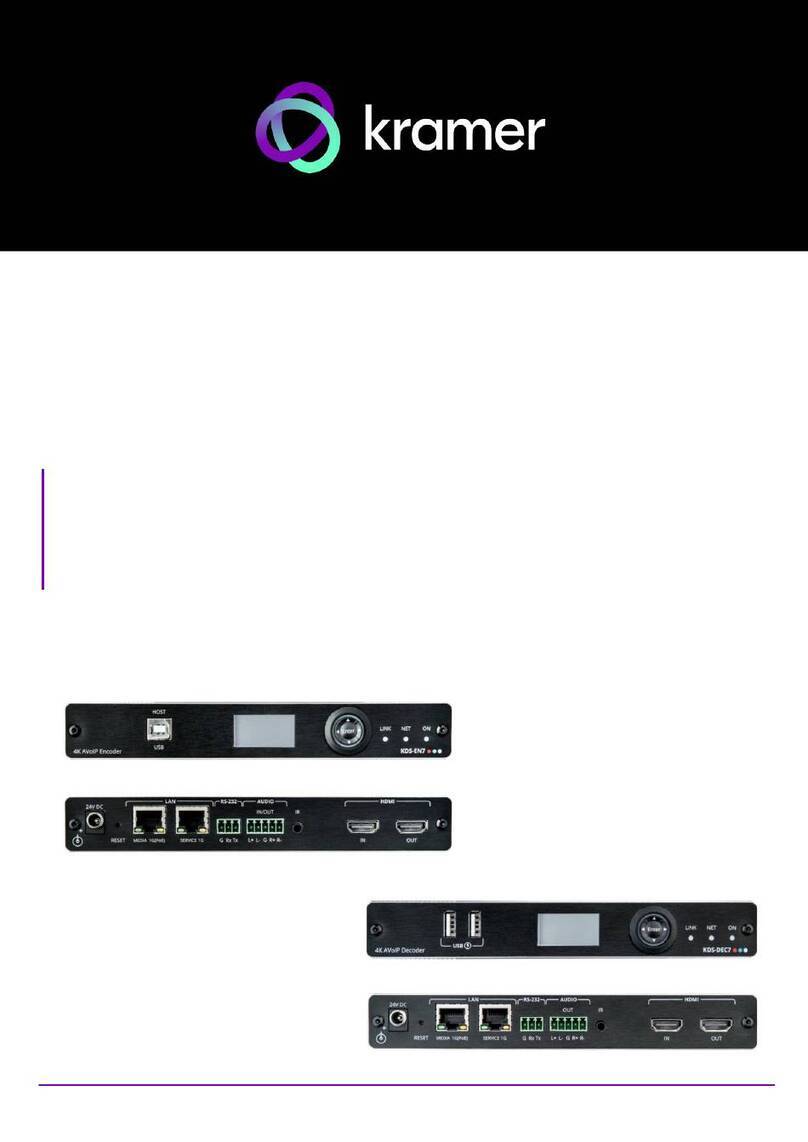
Kramer
Kramer KDS-EN7 user manual
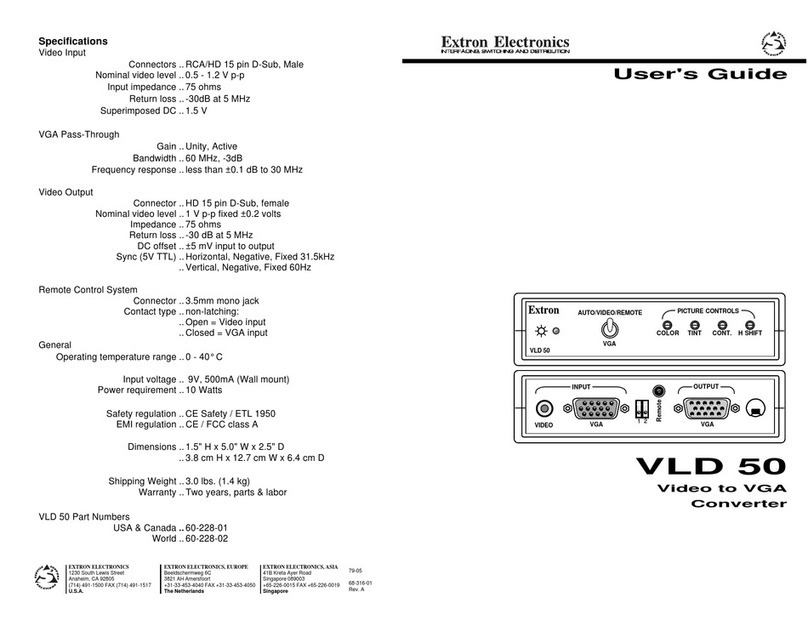
Extron electronics
Extron electronics VLD 50 user guide

American Lighting
American Lighting 120-CTRL-4CH installation instructions

Assun
Assun AM-EN2211-S003 Series product manual
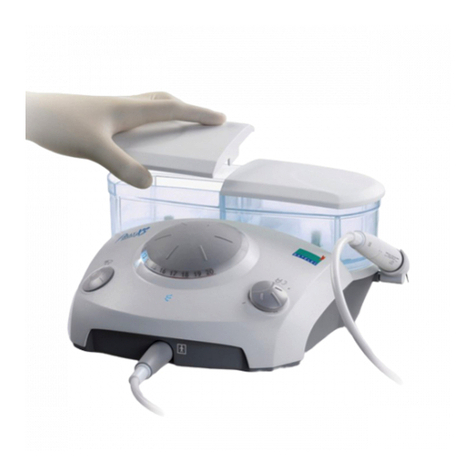
ACTEON Equipment
ACTEON Equipment SATELEC P MAX Newtron XS user manual
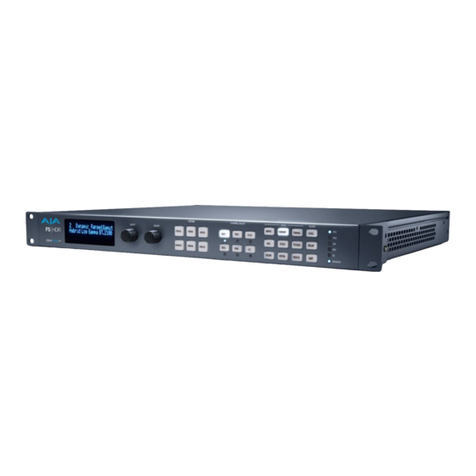
AJA
AJA FS-HDR quick start guide
